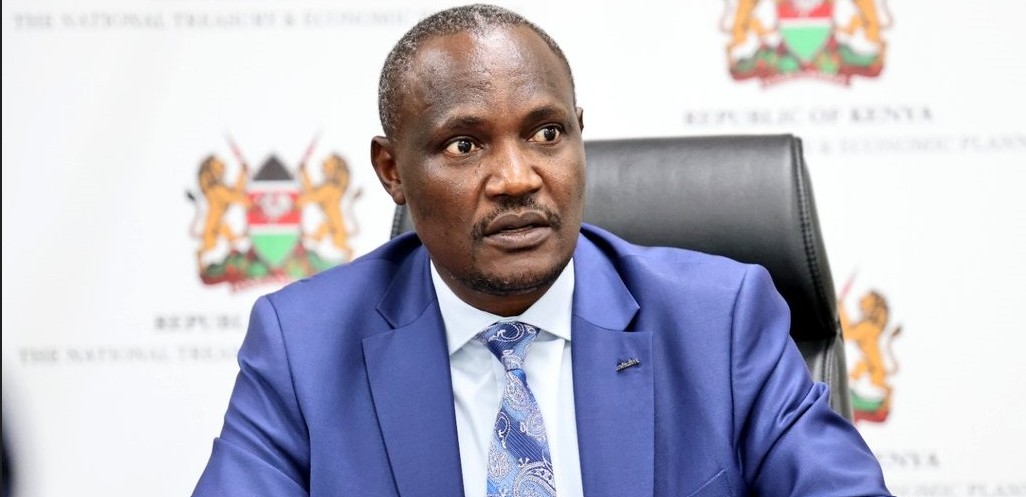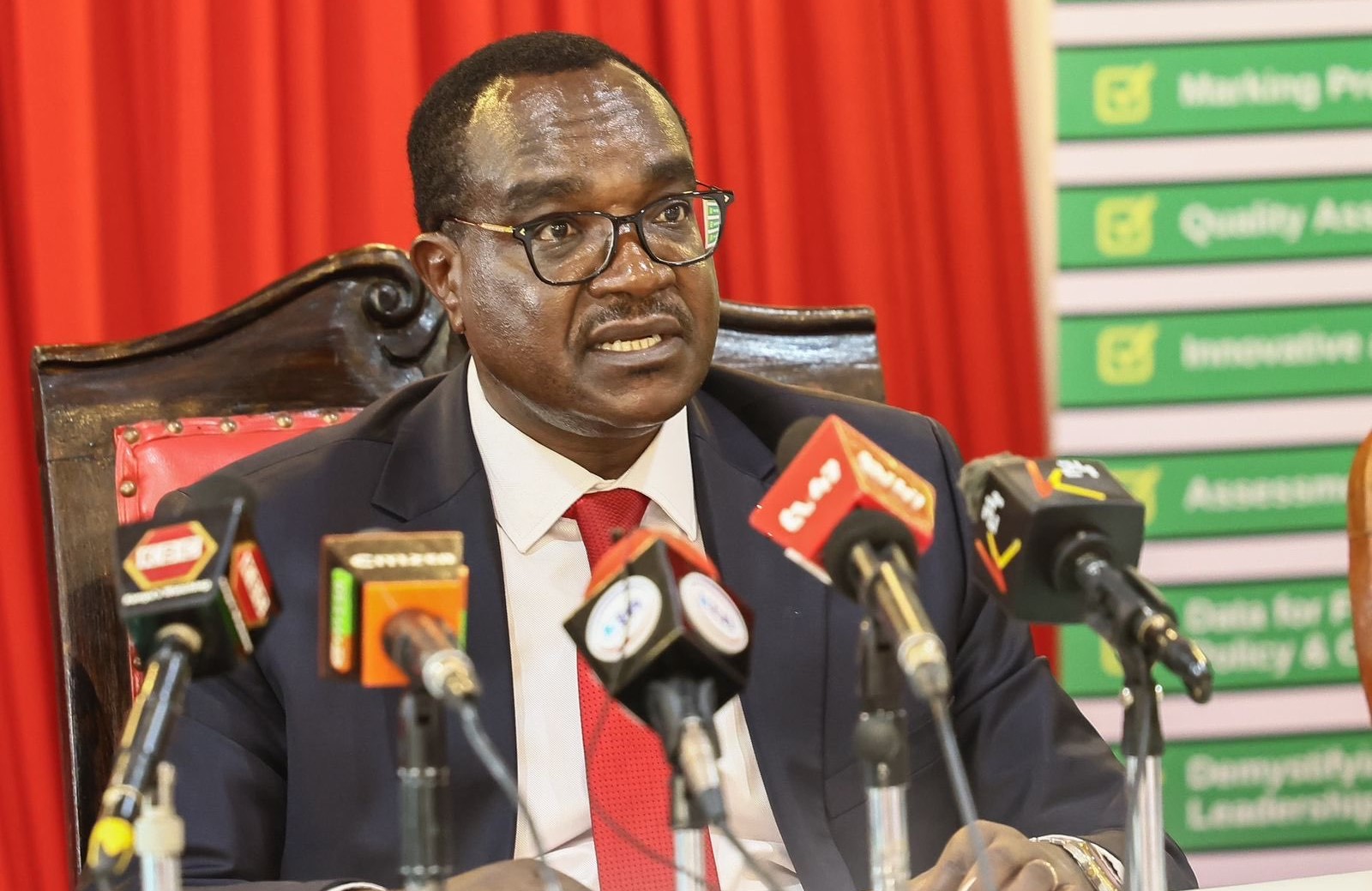National Treasury secures Sh437.8 billion loan to plug budget deficit

In the domestic market, Treasury bonds raised Sh310.6 billion, with Treasury bills adding another Sh45 billion in new debt.
Kenya’s government borrowed Sh437.8 billion in the opening quarter of the 2025/26 fiscal year, as it sought to balance rising expenditure pressures against lower-than-expected revenues.
The National Treasury reported that domestic borrowing contributed Sh339.7 billion, while external lenders added Sh98.1 billion.
More To Read
- President Ruto pitches National Infrastructure Fund as engine for long‑term growth
- Government eyes handing NTSA’s smart driving licence programme to private investor
- Government sets 14-day deadline to end student bursary delays nationwide
- Treasury: Kenya can no longer rely on taxes or borrowing for big infrastructure projects
- World Bank warns political interference weakening Kenya’s state-owned enterprises
- Women secure majority of contracts in inclusive government procurement programme
This represents 48.6 per cent of the government’s annual borrowing target of Sh901 billion, which includes Sh613.5 billion from the local market and Sh287.4 billion from overseas lenders.
Revenue performance for the quarter was below target by Sh83.6 billion, while spending exceeded projections by Sh5.9 billion. Consequently, the budget deficit rose to Sh280.4 billion, equivalent to 1.5 per cent of GDP, above the planned Sh189.5 billion (1.1 per cent of GDP).
“Budget execution in the 2025/26 fiscal year has progressed well but is constrained by slow adoption of e-procurement, revenue shortfalls against targets, as well as expenditure pressures,” Treasury PS Chris Kiptoo said during parliamentary hearings on the 2026 budget on Wednesday.
He further highlighted that total revenues expanded by only 1.7 per cent by the end of September 2025, a steep drop from 10.8 per cent growth recorded in the same period last year.
Ordinary revenues fell by 2.9 per cent compared with a 10.1 per cent growth in 2024, highlighting the strain on government finances.
Frontloading borrowing allows the Treasury to secure cash ahead of large payments in January and February, including servicing Eurobonds, loans linked to the standard gauge railway, and significant domestic infrastructure bonds.
In the domestic market, Treasury bonds raised Sh310.6 billion, with Treasury bills adding another Sh45 billion in new debt.
The government reopened two infrastructure bonds of 15 and 19 years in August, which collectively raised Sh180.14 billion through primary and tap sales.
Earlier, July saw Sh66.7 billion raised from 20 and 25-year bonds, while September issuance contributed Sh63.8 billion from three reopened bonds.
The borrowings coincided with a period of falling interest rates, helping reduce debt service costs, which account for the largest part of recurrent expenditure.
Bonds issued in the quarter carried coupon rates between 12 and 14 per cent, well below the 18.5 per cent paid on similar infrastructure bonds in 2023 and 2024.
By borrowing heavily at the start of the fiscal year, the government is building financial flexibility to manage cash flow, maintain infrastructure projects, and meet other recurring obligations without disruption.
Top Stories Today












































